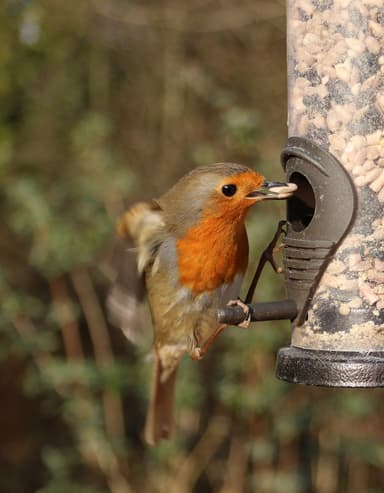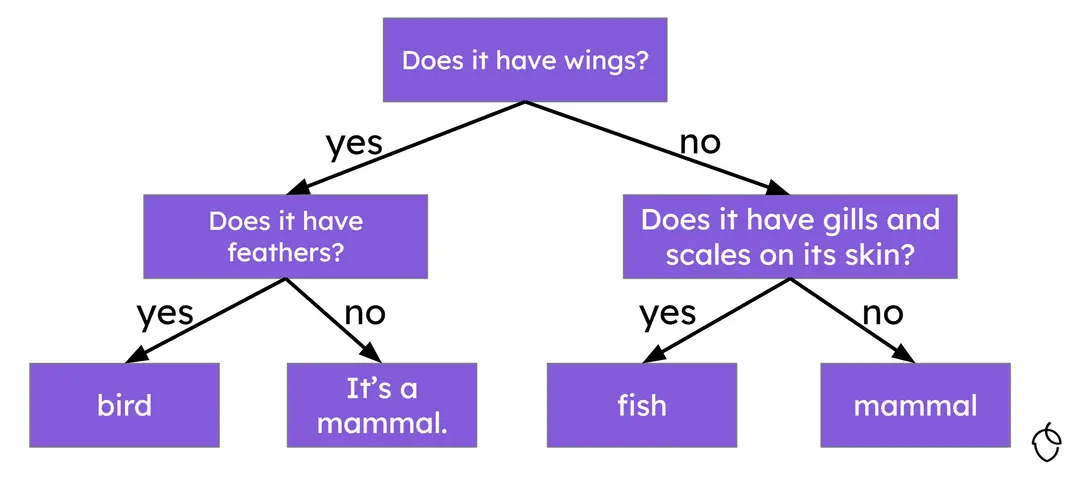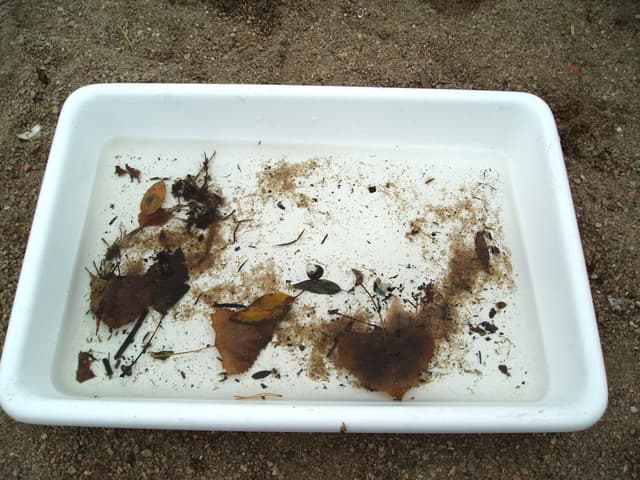Measuring the size and distribution of populations of organisms
I can describe how to identify species, estimate the population size of a species and how to investigate the effect of a factor on the distribution of this species.
Measuring the size and distribution of populations of organisms
I can describe how to identify species, estimate the population size of a species and how to investigate the effect of a factor on the distribution of this species.
These resources will be removed by end of Summer Term 2025.
Lesson details
Key learning points
- Keys can be used to identify organisms in their habitat.
- It is not possible to count all the organisms in a population, so we use sampling to estimate population size.
- Sampling organisms in habitats (e.g. a river using kick sampling and a net).
- Sampling animals using a pooter.
- Estimating populations using capture-mark-recapture.
Keywords
Classification key - A classification key is a series of questions about the features of organisms that help us to classify them correctly.
Population - A group of organisms of the same type in the same place is called a population.
Estimate - Estimate means to give an approximate value, for example, you can estimate the population of fish in a lake by sampling.
Sampling - Sampling is a survey of plants and/or animals which provides information about the populations of organisms.
Common misconception
Many pupils believe that in order to determine a population size within a habitat, all organisms within a habitat have to be counted.
Populations can be estimated using sampling techniques. As long as a sample size is large enough, it will provide a reliable estimate of the population size. Pupils should understand that counting all individuals in a habitat is very difficult to do.
To help you plan your year 10 combined science lesson on: Measuring the size and distribution of populations of organisms, download all teaching resources for free and adapt to suit your pupils' needs...
To help you plan your year 10 combined science lesson on: Measuring the size and distribution of populations of organisms, download all teaching resources for free and adapt to suit your pupils' needs.
The starter quiz will activate and check your pupils' prior knowledge, with versions available both with and without answers in PDF format.
We use learning cycles to break down learning into key concepts or ideas linked to the learning outcome. Each learning cycle features explanations with checks for understanding and practice tasks with feedback. All of this is found in our slide decks, ready for you to download and edit. The practice tasks are also available as printable worksheets and some lessons have additional materials with extra material you might need for teaching the lesson.
The assessment exit quiz will test your pupils' understanding of the key learning points.
Our video is a tool for planning, showing how other teachers might teach the lesson, offering helpful tips, modelled explanations and inspiration for your own delivery in the classroom. Plus, you can set it as homework or revision for pupils and keep their learning on track by sharing an online pupil version of this lesson.
Explore more key stage 4 combined science lessons from the Living organisms and their environments unit, dive into the full secondary combined science curriculum, or learn more about lesson planning.

Licence
Starter quiz
6 Questions
a feature that helps an organism to survive in a habitat
when the person carrying out an investigation affects the outcome
the range of different living organisms (species) that live in a place
the mass of living material in one or more organisms

Exit quiz
6 Questions




